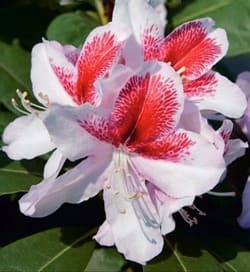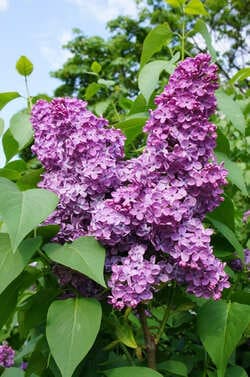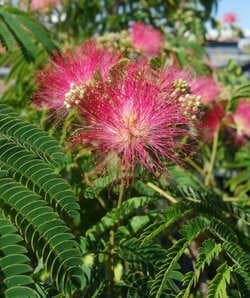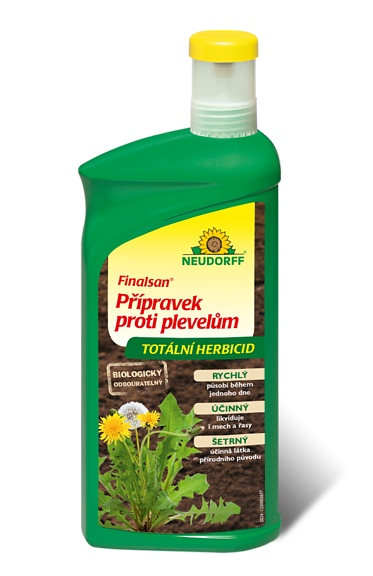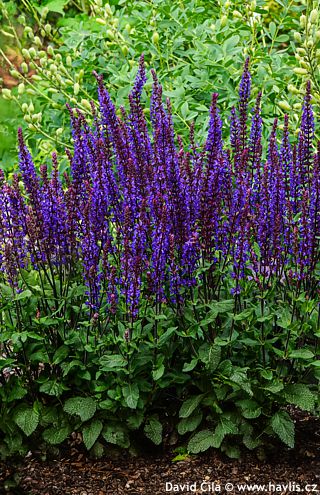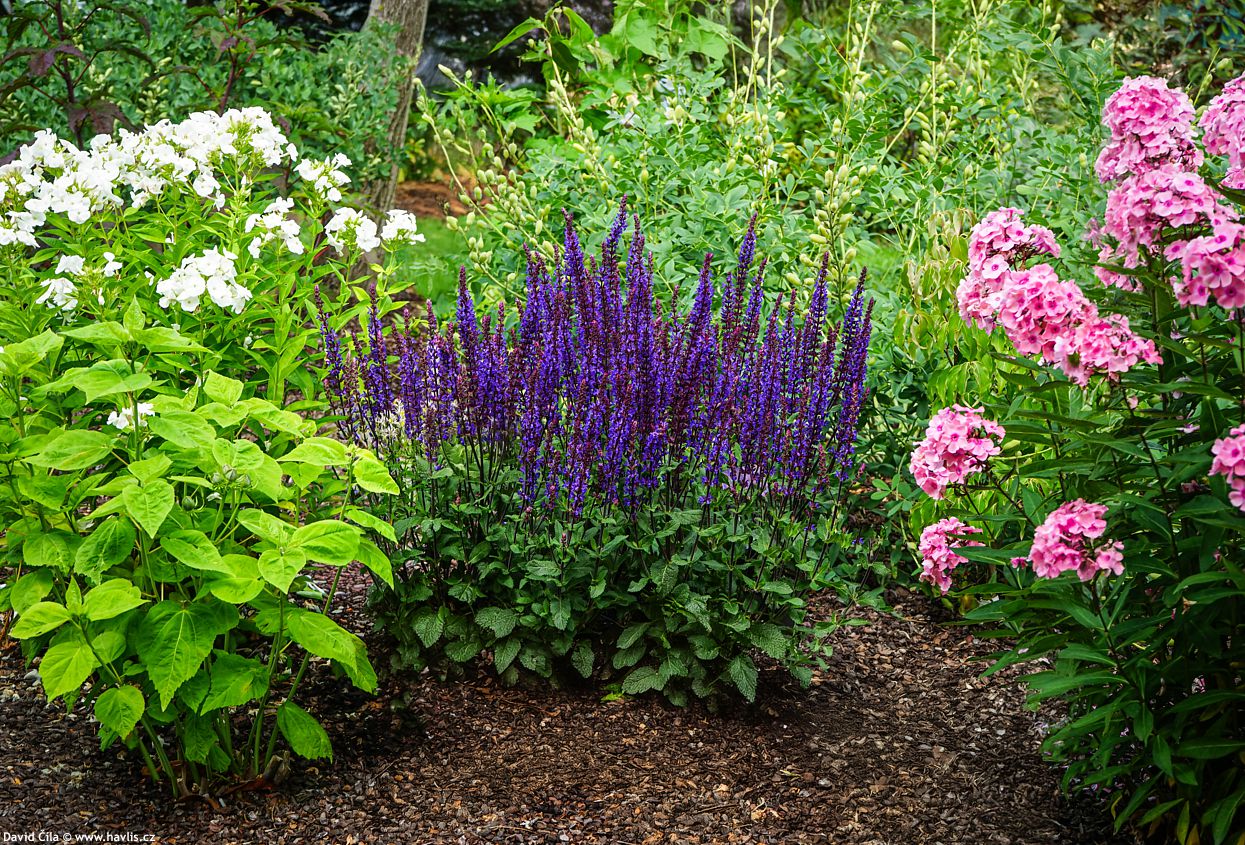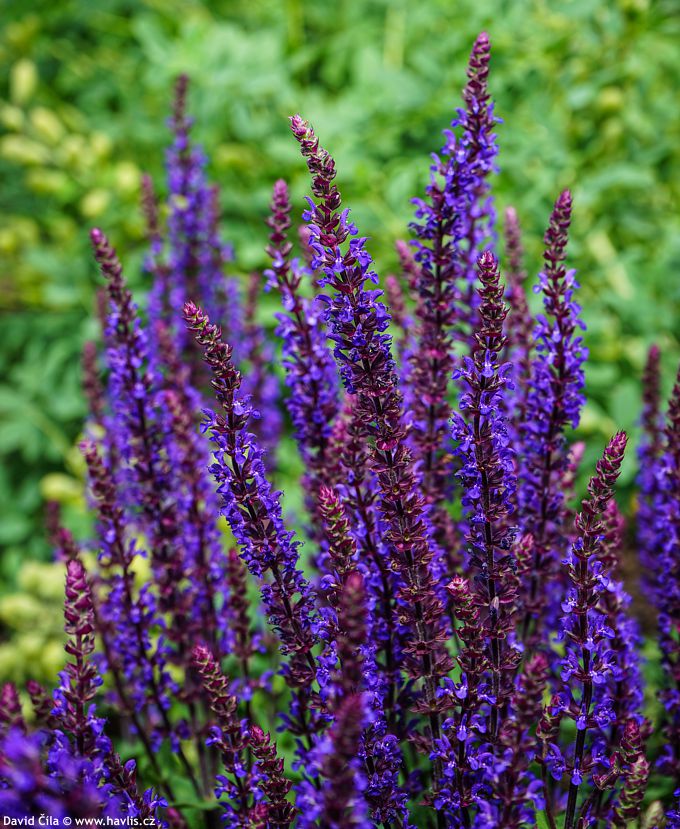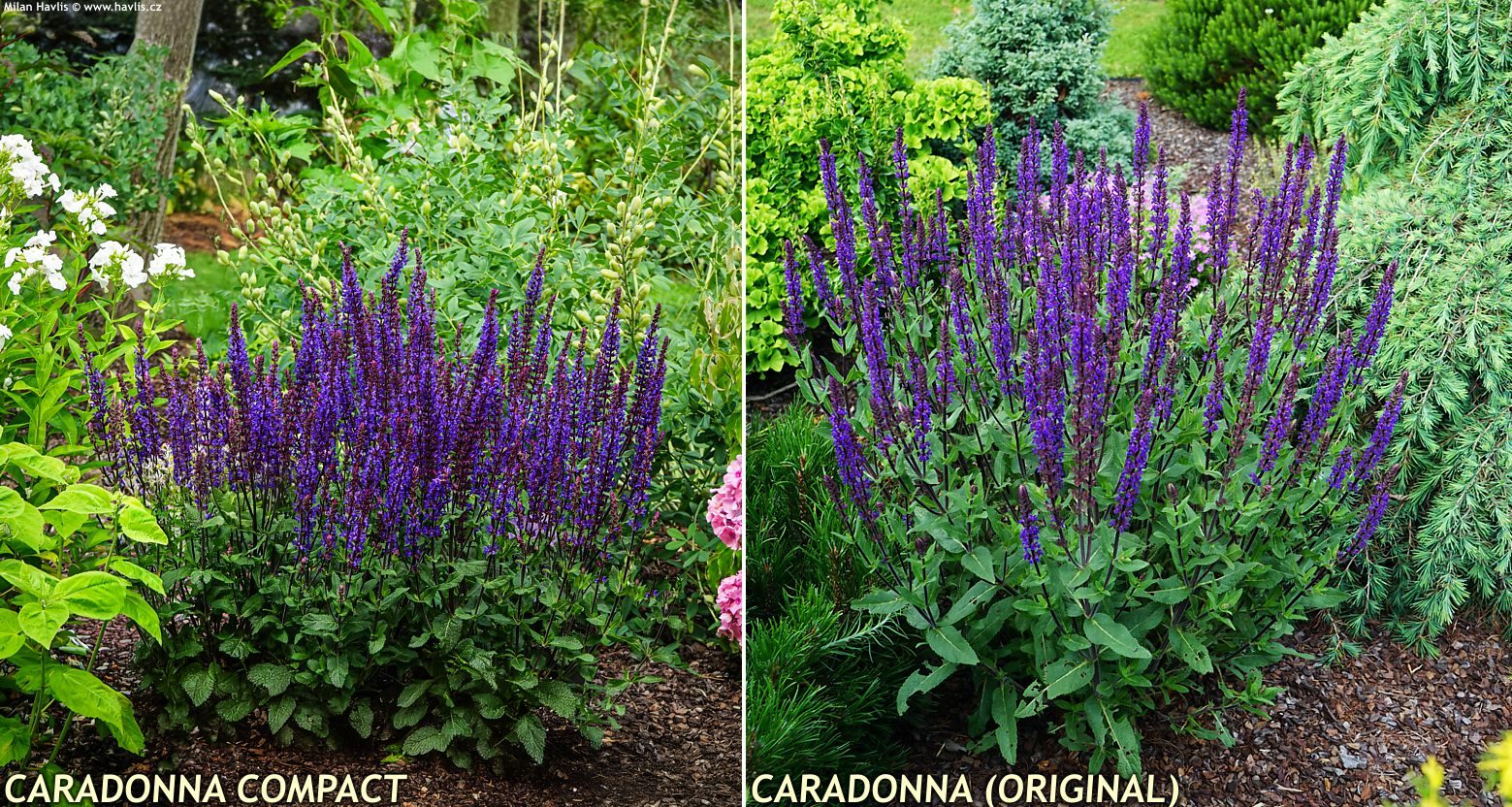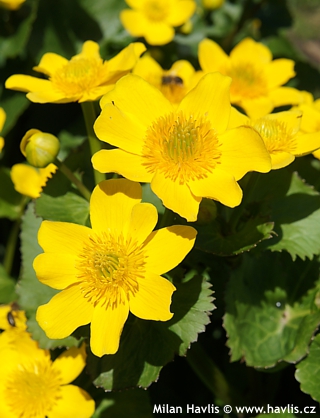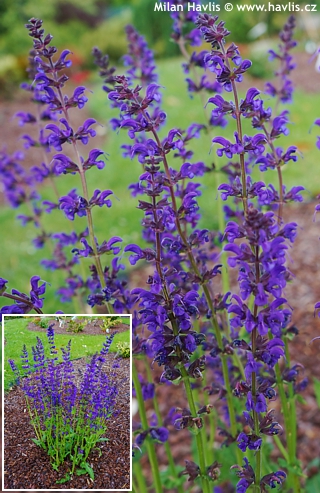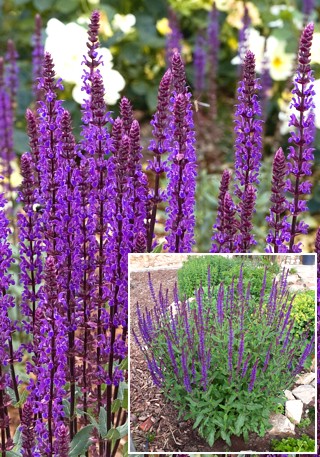Salvia nemorosa 'CARADONNA COMPACT' wood sage


Salvia
Salvia is a large genus that includes around 900 species. In C.E. climate, sage is mainly cultivated as a medicinal and edible plant, which is a woody and even evergreen perennial. Additionally, in recent years, subtropical species have become very popular, especially in urban and park plantings, where they are used as annuals and have the amazing trait of blooming continuously from late spring to early autumn. But we want to introduce you to the third group – sage as a hardy ornamental perennial, specifically wood sage. It was first described in 1762 by the “father of modern botany,” Carl Linnaeus (1707-1778). Its natural occurrence stretches from Central Europe (including the eastern part of Germany), across the Balkans to Russia and Western Asia. Thanks to its ease of cultivation and high ability to hybridize with other species, it has spread throughout Europe, Great Britain, and of course, other continents with temperate climates.
Caradonna Compact is a subsequent variety derived from the highly successful German variety Caradonna. It boasts the same vividly coloured flowers and a lower, more compact growth. It is a wood sage that, in structure and colour, resembles the annual salvia farinacea, but this one is truly a reliable and beautiful perennial with minimal requirements. It makes 30-40 cm tall, slender stems of very dark purple to almost black colour, topped with spike-like inflorescences with small blue-purple flowers. The main flowering begins at the end of May, lasts about a month and a half, and then the plant sporadically re-blooms during the summer. If you cut it back to the ground just as the flowers begin to wither after the first phase, it will regrow into a nice, dense clump within a month and offer a second, equally rich flowering flush in August. The leaves are 5-8 cm long, medium green, distinctly wrinkled, and fragrant, but they are not edible; the clumps are dense.
Woodland sage requires no special care. It will grow in almost any reasonably well-drained soil, provided it is at least moderately fertile. It thrives best in light, humus-rich soils and full sun or light shade. Feeding is not necessary, only in very poor or heavy soils it appreciates a little balanced fertilizer. In spring, remove all above-ground parts of the plant except for the basal rosette of new or overwintering, healthy leaves. It is hardy to about -34°C (USDA zone 4) and will thrive in outdoor pots and throws, too.
Last update 03-01-2025












